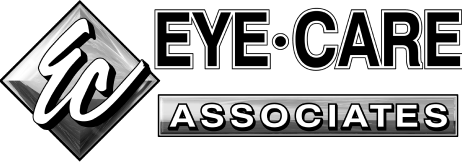Services
we stress the importance of complete eye evaluations
 Call us at (406) 535-2020
Call us at (406) 535-2020
to schedule an appointment
Myopia Management
What is Myopia Management?
Myopia is the refractive error status commonly referred to as “nearsightedness.” This results from either an eye that is short in length, or refracting structures that are “too powerful” for the length of the eye. The resultant point at which light focuses falls in front of the retina and must be corrected with a negatively powered lens (either contact lenses or glasses).
Normal development of refractive error starts with children being farsighted until the eye grows to its adult length. Most of this growth happens by around 6 years old. Some children will begin to show signs of myopia or nearsightedness at or before this age. Myopia can also develop later in childhood, during growth spurts, or due to the stresses put on the visual system resulting from prolonged or significant near work.
Myopia that progresses by a full diopter (1.0) in power or more per year can be cause for concern for a number of reasons. Progressive myopia can cause significant refractive error that becomes increasingly difficult to correct by conventional means (glasses and contact lenses). High myopia can be a reason for disqualification from refractive surgery options (LASIK and PRK). In addition, progressive lengthening of the eye can run an increased risk of retinal complications such as holes and detachment.
Increasing near demands starting in childhood, as well as increasing incidence of myopia have spurred ongoing studies to investigate options to prevent or slow the progression. Options currently exist to intervene with development of high myopia in children. These range from glasses designed to reduce visual system stress with near work to drops to soft contact lenses specifically designed to impact the signal believed to be at least partially responsible for eye lengthening.
Specific contact lenses have been developed which act to defocus light in the retinal periphery and reduce the signal causing the eye to lengthen to meet the point of focus of the ocular structures. These lenses are best used with kids ages 6-12 who are showing signs of progressive myopia. They are replaced daily (daily disposable soft contact lenses). The fitting and follow up process for these lenses is more in depth than a typical soft contact lens fitting. Follow up is done more frequently to monitor the effect on progression of refractive error.
Some amount of myopia is very common, and correctable with conventional means; contact lenses, glasses, or refractive surgery. However, it is critical to monitor progression, especially in children, so that intervention options can be discussed.
Contact Us to schedule your appointment
Call us on (406) 535-2020 or complete the inquiry form to schedule your appointment or to learn more about how we help our patients.

